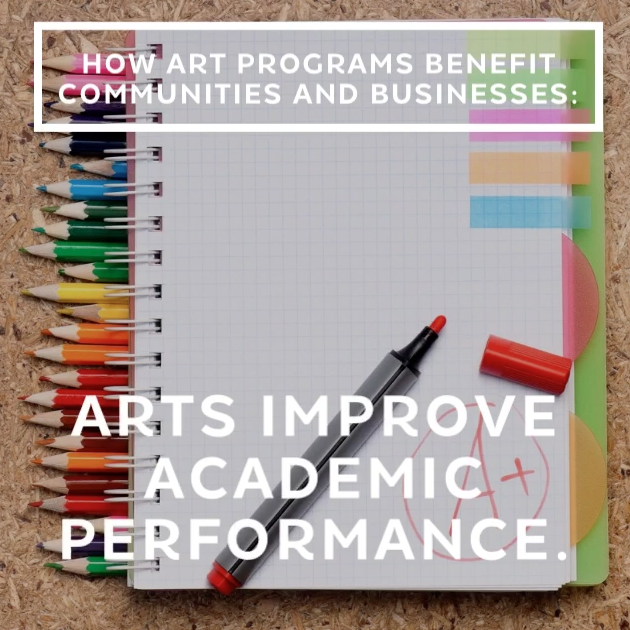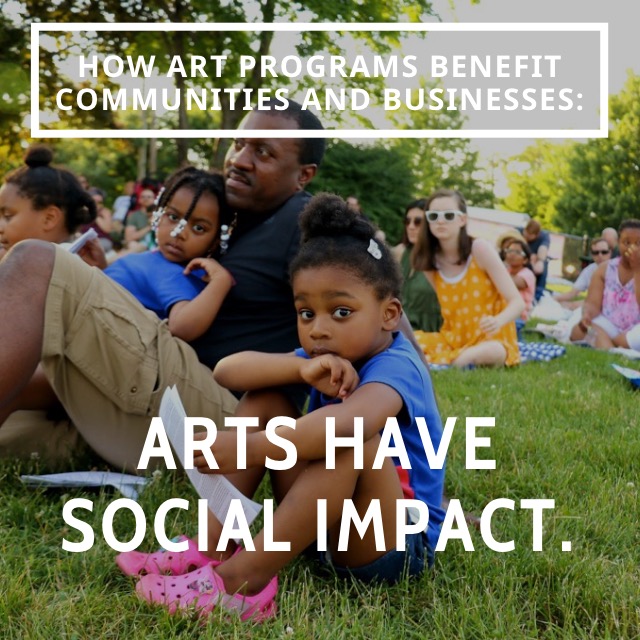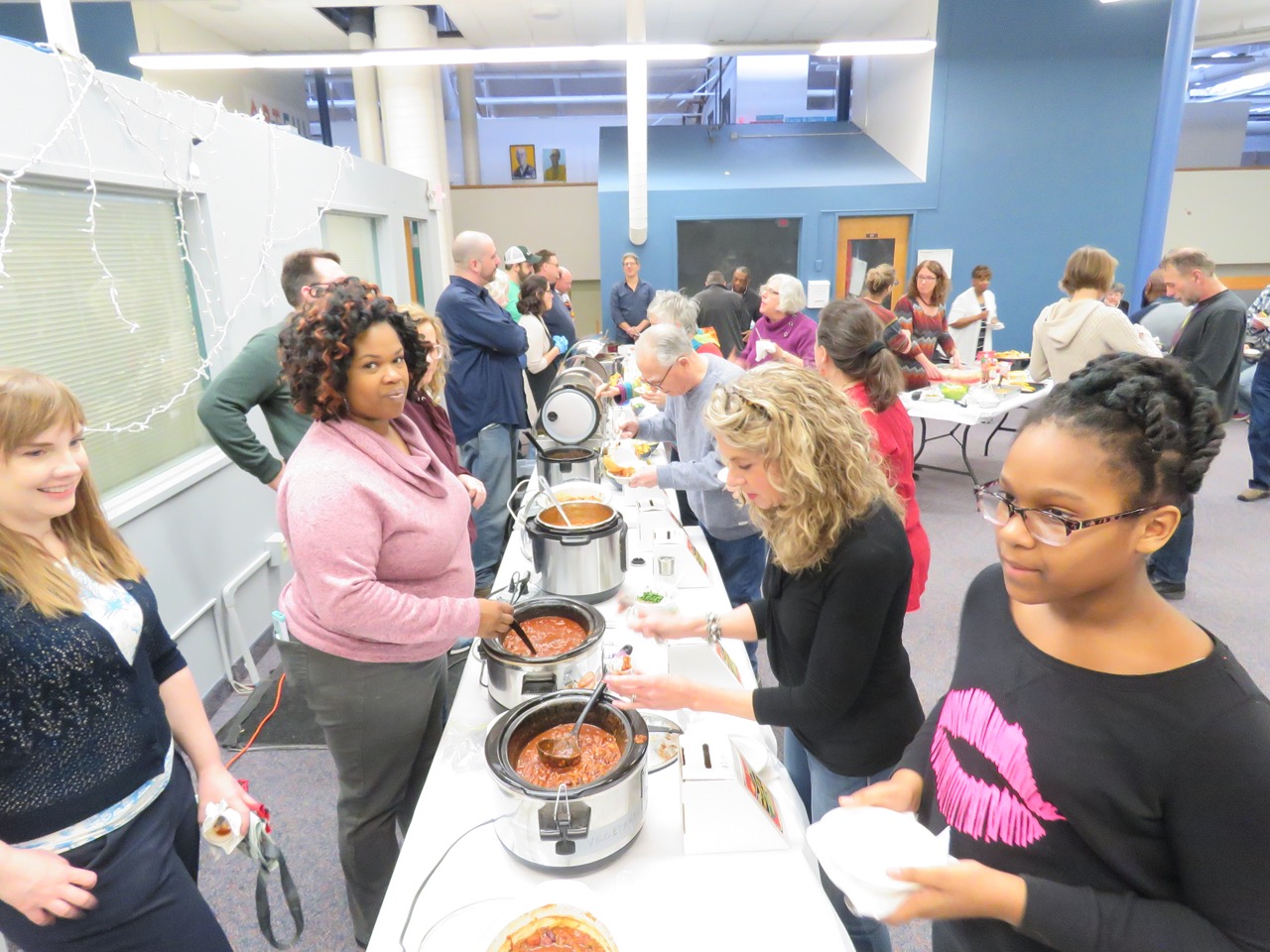Library’s Rules & Questions for Meeting.

On Tuesday afternoon (the day before the meeting) everyone who registered to attend the Library’s Public Meeting on Wednesday (07/24) received an email with the rules for the meeting and the questions that attendees are allowed to address. Scroll down to read the email. We have included some notations and thoughts for your review, as well.
Hello, and thank you for registering for the the Community Listening Session about The Coventry PEACE Building, Wednesday, July 24, at 7 p.m.
Below you will find groundrules for the event and the discussion questions that will inform and focus public comments.We look forward to seeing you! GROUND RULES:
- We are gathering to help build off the survey data collected (and that’s still being collected) so Heights Libraries can make community-informed recommendations to their Board of Directors about the Coventry PEACE building.
- All parties recognize the significant community contributions of both Heights Libraries and all of the nonprofits currently housed in Coventry PEACE – tonight is not about the work of these organizations but about the future of the building known as Coventry PEACE.
- Meeting attendee comments will be limited to one per person per topic with a time limit of 2 minutes. There will be four topics, meaning approximately 8 comments per question posed to the group.
- Step up, step back. While some may be attending just to listen, we want to honor the time everyone took to be present and want to be able to hear as many different viewpoints as possible.
- There will not be Q&A – instead, we are here to listen and learn.
- If you have questions or additional comments that we aren’t able to get to, you may add them in our “Parking Lot.” Heights Libraries will be sending out follow up materials after the conversation that may address those questions you might have.
- Civility rules. Listen to understand.
- No final decisions or determinations will be made on July 24.
- The moderators will be moderating! They will be responsible for notifying you when your time is up. If any of the Ground Rules are deemed in violation, they will communicate that as well. Mostly, they are here to keep the dialogue – and the evening – flowing.
- Please be aware that the conversation will be recorded.
THE FOUR DISCUSSION QUESTIONS:
Reminder: 2 minutes per person per response – there will be time for approximately 8 public comments per question
Our notes regarding Question #1
The Library’s question presents a false equivalency by asking whether funds should be spent on Coventry P.E.A.C.E. Building maintenance or on the Library’s own programming, without proposing what specific programs would be expanded or supported. This fails to acknowledge that the Coventry P.E.A.C.E. Building itself provides significant value to the community by housing nonprofits that offer educational, cultural, and social services, aligning with the Library’s mission. Additionally, the building generates rental income that offsets maintenance costs, making it a financially viable asset rather than a drain on resources. To resolve this, the Library and the City should collaborate on a solution that transitions ownership and management to Coventry P.E.A.C.E., Inc., ensuring the building remains a community hub without burdening the Library.
Our notes regarding their estimate
The statement from the Library regarding the projected $2.8 million investment in the Coventry PEACE building from 2024-2026 is misleading. It fails to mention that rental income from the nonprofits significantly offsets these costs. This estimate is unusually high compared to previous assessments and includes projects that are not immediately necessary for the building’s “life and safety.” Furthermore, replacing the HVAC system would result in substantial energy cost savings, mitigating the initial expense. There are also numerous state and federal grants available for making buildings more efficient, which the Library could pursue.
Our goal is to demonstrate that the building is a valuable asset to the community. If the Library no longer wishes to be the landlord, they should collaborate with the City to convey ownership and secure a long-term lease with Coventry P.E.A.C.E. This will save the building, the nonprofits it houses, and the vital programs serving our residents. The Coventry P.E.A.C.E. building aligns with the City’s Master Plan and the Library’s mission, fostering community engagement, cultural events, and educational programs that benefit the community. The closure of this building would be detrimental, particularly to vulnerable populations, and would contradict the city’s tagline, “Home to the Arts.”
We have a comprehensive plan to take over landlord responsibilities, ensuring the building remains a permanent facility for community nonprofits without relying on public funds. We seek good-faith dialogue with the Library and City leaders to achieve a solution that preserves this important community hub.
Q1 – Do you think Heights Libraries funds are well-spent on Coventry PEACE Building upkeep and maintenance or do you prefer Heights Library funds be utilized supporting/expanding their own programming and services?
- The total funds currently projected to be invested by Heights Libraries in the Coventry PEACE building from 2024-2026 is around $2.8 million.
Q2 – Do you think the Coventry PEACE building being utilized as a nonprofit hub is its best use or do you think the space/land could be used in a more productive manner? If so, how?
- Over 50% of survey respondents preferred Heights Libraries find a viable alternate, non-profit, public or educational use for the building while about 20% preferred demolishing the building and to expand the park.
Our notes regarding Question #2
The Library’s question, “Do you think the Coventry PEACE building being utilized as a nonprofit hub is its best use, or do you think the space/land could be used in a more productive manner? If so, how?” is a leading question designed to solicit responses favoring demolition. This framing overlooks the building’s significant role as a thriving arts, culture, and education center that enriches the community. The Coventry P.E.A.C.E. Building is not only a cost-effective asset generating rental income that reduces taxpayer burden but also a vital community hub supporting 12 nonprofits that serve thousands annually through diverse programs. Instead of demolishing a valuable resource, a collaborative approach involving the Library and the City to secure a long-term lease with Coventry P.E.A.C.E., Inc. can preserve this essential community asset and ensure its continued positive impact.
Our notes regarding their survey
First – We find it highly unusual that they would release any findings since the survey is on-going and does not close until July 28th. It also lacks context – how many people have responded? How did the other 30% respond?
Second – It appears to be an intentionally poorly written question that, like Question #1, provides no specifics, examples or definitions. What is meant by “more productive manner”? More productive compared to what? It seems to be a thinly veiled attempt to lead the answerer to believe that the current use by the nonprofits is not productive.
Third – We have heard from people that they have been reading this question and making the assumption that “alternate” means keeping the tenants in place and/or implementing some form of the Keep The P.E.A.C.E. plan. We wonder how many other respondents may have made the same assumption.
Our notes regarding Question #3
The question of whether to expand the mini-urban forest or maintain a lawn or meadow if the building is demolished raises critical environmental concerns. Demolishing the Coventry P.E.A.C.E. building not only involves significant waste and resource consumption but also negates the established environmental benefits of the existing structure, which include its role in community engagement and cultural enrichment. The environmental cost of demolition, including the energy required and the waste generated, often outweighs the potential benefits of replacing it with new green spaces. While planting grass or trees is a positive step, it does not offset the loss of the building’s existing sustainability attributes and its role in reducing the carbon footprint through the repurposing of its space. We urge the Library and the City to consider the broader environmental impact and sustainability of preserving the building through the ‘Keep The P.E.A.C.E.’ plan, which offers a way to enhance both community and environmental sustainability without resorting to demolition.”
Our notes regarding their bullet points
Again, we find it odd that they are discussing survey findings before their survey is completed. Also again, the question lacks important details and leads the reader to think of onlly the final result and not the cost of that choice.
The biggest cost if the building is torn down is the void left by the dispresement of the community resources the 12 nonprofits in our collaborative provide for the residents of Cleveland Heights and beyond. However, there are real costs, as well, that add up to a much more significant amount than if the building is preserved – there is the environmental impact cost of demolishing a building, there is the financial cost of the demolition and then the re-grading of the land so it is not a potential danger to the park and playground. There is also a financial cost of the re-landscaping and maintenance. Potentially, there’s a safety cost to ensure that portion of the park is not being misused. There’s a cost to the business district who benefits from the visitors we draw to the area in the evenings and during the cold winter months.
For a building they purchased for $1 and for which they have received over $800,000 in rent, these costs don’t seem worth the price of all that will be lost.
Q3 – If the determination was made to demolish the building, would you prefer an expansion of the mini-urban forest or keeping the land a lawn or meadow?
- Over 52% of survey respondents preferred enlarging the Mini-Urban Forest that was recently created behind the building while 32% preferred enlarging the open area with lawn or meadow.
- We respect that there are those who do not prefer the building be demolished but we ask that comments be focused on those who would support an expansion of the Coventry PEACE Park or other uses for the land.
Q4 – Tonight, we’ve talked about how you prefer Heights Libraries spends funds in regard to Coventry PEACE as well as best use of the building and the land. We want to conclude now by creating a space for alternative suggestions. Please limit your remarks to productive uses of the land or the building.
FOLLOW-UP: We will be hosting a follow-up workshop on Thursday, August 8th from 5:30pm-7:30pm where participants will work in small groups (one representing each of the questions) to develop a more in-depth recommendation for Heights Libraries to present to their Board of Directors. Space will be limited to 10 participants per small group.
Our notes regarding Question #4
The Keep The P.E.A.C.E. Plan proposes a constructive path forward for the Coventry P.E.A.C.E. building and its tenants, an exit strategy for the Library and helps to further the goals of the City as outlined in their Master Plan. This plan embodies the spirit of the people of Cleveland Heights and the City’s tagline – Home To The Arts.
We recognize that the Library is faced with complex decisions regarding the Coventry P.E.A.C.E. building and its future. To ensure a smooth transition and to address the concerns of all stakeholders, we ask the Library to issue new leases to the current nine tenants that are comparable in duration to those recently granted to new tenants. This action would provide crucial stability for these organizations and allow them to plan for the future with confidence.
Additionally, we propose that the Library take this opportunity to invite key stakeholders, including the City of Cleveland Heights, The City of University Heights, Coventry P.E.A.C.E., and the Coventry Special Improvement District, to collaboratively explore solutions. Our aim is to relieve the Library of its perceived burden of ownership while ensuring that the Coventry P.E.A.C.E. building continues to serve as a vibrant arts, culture, and education hub.
Our comprehensive plan includes transferring the building’s management to Coventry P.E.A.C.E., Inc., which will assume all financial responsibilities and spearhead necessary repairs and updates through grants and donations. This aligns with both the Library’s strategic goals and the City’s Master Plan, which emphasizes the importance of arts and culture in fostering vibrant communities.
By working together, we can ensure that the Coventry P.E.A.C.E. building remains a cornerstone of community engagement, cultural enrichment, and educational opportunities. We are committed to a solution that benefits all parties and enhances the cultural fabric of Cleveland Heights and University Heights. We look forward to collaborating on a positive outcome.
Our notes regarding their "follow-up"
We welcome any opportunity to work with community members to explore creative solutions that will lead to a positive outcome for all involved. Working collaboratively is at the core of our collaborative and is one of the driving reasons we are working so hard to find a solution to the issue at hand. Being co-located has allowed for our organizations to find ways to work more efficiently, share resources and knowledge and to collaborate on programs adding value to those we serve. But collaboration has to be more than just words – it takes real nurturing and patience, and a genuine fostering of discussion and debate. If this is at the heart of this “follow-up” then the seeds of real, productive solutions will be planted.
The positive impact of community arts programs on local economies, community engagement, property values, and crime reduction:

Economic Impact
For every $1 invested in the arts, communities see a $5 to $7 return in local economic activity.
Source: Americans for the Arts. “Arts & Economic Prosperity Report.”
Job Creation
The arts sector creates jobs at a rate of 4.61 full-time equivalent positions per $100,000 of spending.
Source: Americans for the Arts. “Arts & Economic Prosperity Report.”
Tourism Boost
Cities with vibrant arts scenes see a 25% increase in tourism revenue.
Source: National Governors Association. “New Engines of Growth: Five Roles for Arts, Culture and Design.”
Business Attraction
Companies are 35% more likely to relocate to areas with robust arts and cultural amenities.
Source: The Conference Board. “Ready to Innovate.”
Consumer Spending
Arts attendees spend an average of $31.47 per person, per event, beyond the cost of admission.
Source: Americans for the Arts. “Arts & Economic Prosperity Report.”
GDP Contribution
Arts and culture contribute more than $800 billion annually to the U.S. economy, or 4.3% of the GDP.
Source: Bureau of Economic Analysis. “Arts and Cultural Production Satellite Account.”
Startup Growth
Cities with strong arts communities see a 15% higher rate of startup growth.
Source: Urban Institute. “Arts and Culture in Urban or Regional Planning: A Review and Research Agenda.”
Tax Revenue
The arts sector generates substantial tax revenue, with local governments receiving $7.9 billion annually.
Source: Americans for the Arts. “Arts & Economic Prosperity Report.”
Economic Revitalization
Communities with active arts programs report a 20% increase in economic revitalization efforts.
Source: The National Endowment for the Arts. “Creative Placemaking.”
Sales Impact
The non-profit arts industry generates $166.3 billion in economic activity annually, supporting 4.6 million jobs.
Source: Americans for the Arts. “Arts & Economic Prosperity Report.”
Civic Engagement
Participation in community arts increases civic engagement by 28%.
Source: National Endowment for the Arts. “The Arts and Civic Engagement.”
Volunteerism
Communities with strong arts programs see a 35% increase in volunteerism.
Source: Americans for the Arts. “Arts & Economic Prosperity Report.”
Voter Participation
Arts-engaged individuals are 15% more likely to vote.
Source: National Endowment for the Arts. “The Arts and Civic Engagement.”
Social Capital
Arts participation boosts social capital, enhancing community cohesion and collaboration.
Source: Social Impact of the Arts Project (SIAP). “Cultural Indicators Project.”
Community Events
Arts programs often lead to a 50% increase in community events and gatherings.
Source: National Endowment for the Arts. “The Arts and Civic Engagement.”
Public Spaces
Arts initiatives improve public spaces, increasing their use by 30%.
Source: Project for Public Spaces. “Creative Placemaking.”
Youth Engagement
Arts programs can engage youth, reducing idle time by 40%.
Source: National Guild for Community Arts Education. “The Impact of Community-Based Arts Programs.”
Intergenerational Interaction
Arts programs foster intergenerational interaction, with a 25% increase in participation by both young and old.
Source: Americans for the Arts. “Arts & Economic Prosperity Report.”
Cultural Awareness
Arts programs enhance cultural awareness, leading to a 20% increase in community harmony.
Source: National Assembly of State Arts Agencies. “Advancing Arts Education through an Expanded School Day.”
Neighborhood Networks
Participation in the arts strengthens neighborhood networks by 22%.
Source: University of Pennsylvania. “Social Impact of the Arts Project (SIAP).”


Property Value Increase
Property values in neighborhoods with active arts programs increase by 20%.
Source: American Planning Association. “How Arts and Cultural Strategies Create, Reinforce, and Enhance Sense of Place.”
Attractiveness
60% of real estate agents say properties near cultural districts are more attractive to buyers.
Source: Urban Land Institute. “Creative Placemaking in Real Estate.”
Reduced Vacancy
Arts programs contribute to a 25% reduction in property vacancies.
Source: National Endowment for the Arts. “Our Town: Arts-Based Community Development Investments.”
Urban Renewal
Arts initiatives play a key role in urban renewal, leading to a 15% increase in property investments.
Source: National Endowment for the Arts. “The Arts and Economic Growth.”
Historic Preservation
Arts programs often contribute to the preservation and revitalization of historic properties, increasing their value by 18%.
Source: The National Trust for Historic Preservation. “The Impact of Arts and Culture on Historic Preservation.”
Community Investment
Neighborhoods with arts programs see a 30% increase in community investment.
Source: Americans for the Arts. “Arts & Economic Prosperity Report.”
Public Perception
Public perception of safety and attractiveness increases by 35% in areas with visible arts programs.
Source: The Trust for Public Land. “Creative Placemaking: Integrating Art into Public Spaces.”
New Developments
Areas with strong arts communities attract 25% more new developments.
Source: Urban Institute. “Arts and Culture in Urban or Regional Planning: A Review and Research Agenda.”
Commercial Value
Commercial properties near arts districts see a 15% increase in value.
Source: National Endowment for the Arts. “How the Arts Impact Property Values.”
Juvenile Delinquency Reduction
Participation in arts programs is associated with a 29% reduction in juvenile delinquency and youth crime rates.
Source: The National Endowment for the Arts. “The Arts and Achievement in At-Risk Youth.”
After-School Arts Programs
After-school arts programs reduce risky behavior in youth by 71%.
Source: The YouthARTS Development Project. “YouthARTS: Arts Programs for Youth At Risk.”
Gang Involvement
Arts education decreases the likelihood of gang involvement by providing constructive and engaging activities.
Source: Justice Arts Coalition. “Impact of Arts on Recidivism.”
Community Cohesion
Neighborhoods with active arts programs report a 25% decrease in neighborhood crime rates due to increased community cohesion.
Source: The Urban Institute. “The Arts and Community Safety.”
Violence Prevention
Communities with robust arts programs see a 20% reduction in violence-related incidents.
Source: The American Journal of Public Health. “The Connection Between Art, Healing, and Public Health.”
Conflict Resolution Skills
Arts programs improve conflict resolution skills, decreasing interpersonal violence by 30%.
Source: Americans for the Arts. “The Arts and Conflict Resolution.”
Substance Abuse Prevention
Youth engaged in arts programs are 55% less likely to use drugs compared to their peers.
Source: National Endowment for the Arts. “The Arts and Achievement in At-Risk Youth.”
Safer School Environments
Schools with strong arts curricula report 45% fewer disciplinary issues.
Source: The Center for Arts Education. “Staying in School: Arts Education and New York City High School Graduation Rates.”
Neighborhood Safety
Residents in arts-rich neighborhoods feel 30% safer.
Source: National Endowment for the Arts. “Creative Placemaking: Improving Safety in Public Spaces.”
Community Pride
Community arts programs increase local pride, leading to a 20% reduction in vandalism.
Source: Americans for the Arts. “The Social Impact of the Arts.”
Public Art
The presence of public art is linked to a 15% decrease in property crimes.
Source: Project for Public Spaces. “Creative Placemaking.”
Street Engagement
Areas with street arts and performances see a 25% reduction in petty crime.
Source: National Endowment for the Arts. “How Arts Programming Reduces Crime.”
Youth Employment
Arts programs provide employment opportunities for youth, reducing crime by 20%.
Source: The Aspen Institute. “Youth Employment Programs: An Economic Impact Analysis.”
Mentorship
Arts programs with mentorship components reduce youth crime by 35%.
Source: The National Endowment for the Arts. “The Arts and Achievement in At-Risk Youth.”
School Attendance
Students involved in arts programs have a 30% higher school attendance rate, reducing truancy-related crimes.
Source: The National Endowment for the Arts. “The Arts and Achievement in At-Risk Youth.”

List of supporters
If you believe in the Coventry PEACE Campus Project, and the organizations we support, please add your name to our supporters list. By sharing with our community the names of those who want to see this project carried forward, you can inspire others to join us, too.
Come to our P.E.A.C.E. Pops Event
We certainly hope this will not be our last P.E.A.C.E. Pops, but it just might be. So, please mark your calendar now! Our Halloween P.E.A.C.E. Pops is one of our most popular events of the year. There's fun for ALL ages. In addition to Open Studios at ARTFUL, we'll also have Spooky Stories with Lake Erie Ink, a haunted tunnel and black light drawing area, professionally led line-dancing, a room-sized board game, giant, wandering P.E.A.C.E. puppets, cocktails & more!
Advocacy toolkit
Download a digital version of our advocacy toolkit and share with others.
Sign up for emails
Be sure you are receiving our latest news and event listings.
Get our graphics
Use our images for your social media profiles and cover images.
Watch and share the videos below.
Stay up-to-date on the latest Coventry PEACE Campus news and events – sign up to receive emails or follow us on social media.
Emails & Newsletters
Occassionally we send out updates, event information and newsletters via email. Click on the link below to sign up to receive information via email.
Social Media.
Coventry PEACE Campus can be found on several social media platforms. Click on the button below to find us online and be sure to like/follow us!
What is Coventry PEACE Campus?
When the school district sought to divest itself from the former Coventry Elementary School building in 2017, leaving its future uncertain, the leaders of all the tenant organizations and a broad base of community supporters came together in a grassroots movement to propose ways to preserve and grow the thriving arts, culture and education hub that had organically taken root there. From this effort, the Coventry PEACE Campus came into being. The Coventry P.E.A.C.E. building currently houses a dozen local and regional nonprofits. It is our goal to provide an accessible, sustainable, more efficient, and affordable home for these nonprofits, and to attract new organizations to the building.


